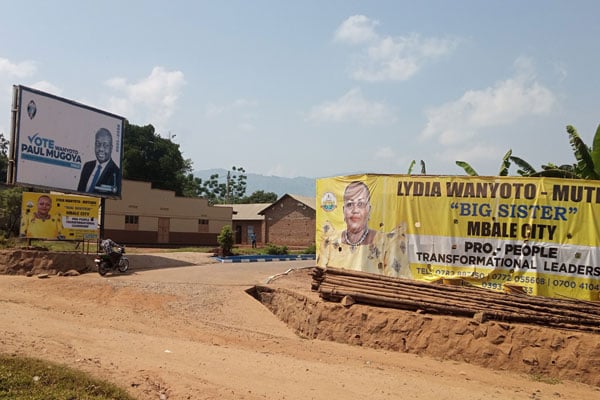What is influencing Uganda’s land reforms?

Jonathan Ochom
What you need to know:
- Whereas reforms can improve land governance, it is important to understand the context in which they are happening and interrogate who and what is driving these reforms and the conceptual undertones behind them.
In theory, with an estimated size of 250,000km² and a population of around 45 million, it is fair to argue that there is adequate land to sustain all Ugandans. This land is beautiful, arable, mineral-rich, and has fresh water. However, a cocktail of political, economic and social dynamics invalidate this notion hence the several land reforms Uganda has witnessed since 1900.
Recently, the government released its legislative priorities for 2022/2023 financial year. Key land-related Bills on the list include the Land Acquisition Bill, Valuation Bill, Real Estates Bill, and the Land Act (Amendment) Bill. Some of these laws have been drafted while others are at early consultative stages.
Whereas reforms can improve land governance, it is important to understand the context in which they are happening and interrogate who and what is driving these reforms and the conceptual undertones behind them. The land is a complex subject and this space may be inadequate to articulate these issues exhaustively but a few pointers will suffice.
Uganda is a hotbed of global interests, with several international actors seeking a piece of its natural resources. Access to land is very central in this scramble and it is in the interests of these players that the country’s land laws facilitate their agenda. Domestically, there is mistrust and a subtle contestation between the State and citizens on matters of land. Issues surrounding the compulsory land acquisition, physical planning, and urbanisation, among others, while justifiable, necessitate control by the State over land it does not legally own.
Additionally, Uganda’s development agenda is hinged on transforming the country from a peasant to a modern industrialised economy. The investment drive has sometimes caused friction between the State and investors with citizens. This is exacerbated by the pre-existing suspicion that citizens generally have with any government-led land reform proposals.
The contemporary context is also shaped by the overall rise in the use of technology in everyday lives which is watering down the relevance of human labour in production. As such, land remains the only constant factor of production and any free or easy access to it increases profitability – the core motivation of investors.
Land reforms are also influenced by the ideological persuasions of the actors. Some stakeholders perceive land reforms from a social lens in which preservation of customs as a guarantor of social continuity as imagined and lived in diverse indigenous contexts should be a priority. Others advocate for hybrid reforms: a creative mix of the local traditions with ‘modern’ laws, practices and standards.
Lastly, some seek to abolish customs outright and replace it with what they perceive as contemporary, progressive, formal and statutory arrangements. This notion is often advanced by most actors, some of whom are active and influential in Uganda’s land sector—deciding which direction to go is a dilemma Ugandans have to figure out.
In the land reforms conundrum, there are mainly three actors: the market, the State and the citizens. Each of them has unique interests. To the market forces, the land is the most secure investment and, therefore, any reforms should facilitate its commodification by easing transactions on it. The State is a bridge between the market and the citizens by creating an enabling environment for both sides to thrive.
Finally, is the society – a collection of ordinary citizens whose main need is improved livelihoods, and from the context of these land reforms, enhanced land tenure security? These actors interface in various ways but in the ideal sense, the State is supposed to protect society from the market while at the same time providing a conducive environment for development in the country. This can be an area of further scrutiny.
Overall, as the government undertakes land reforms, it should remember its core constituency: the people of Uganda. The safe and sustainable approach to land reforms is to make them people-centred. Any machinations that disadvantage Ugandans will be a recipe for disaster!
Mr Jonathan Ochom is the executive director, LANDnet Uganda.




